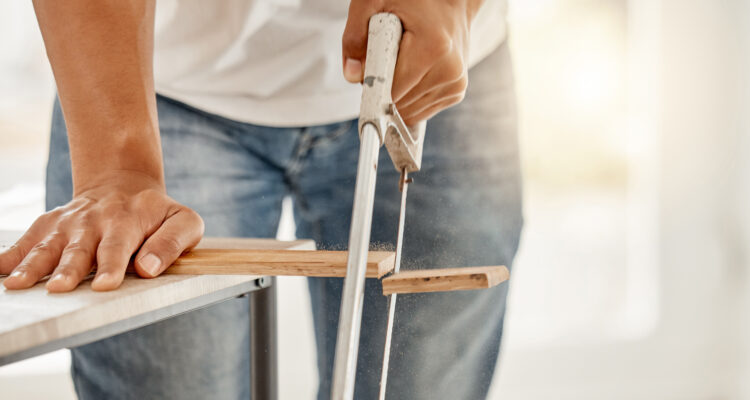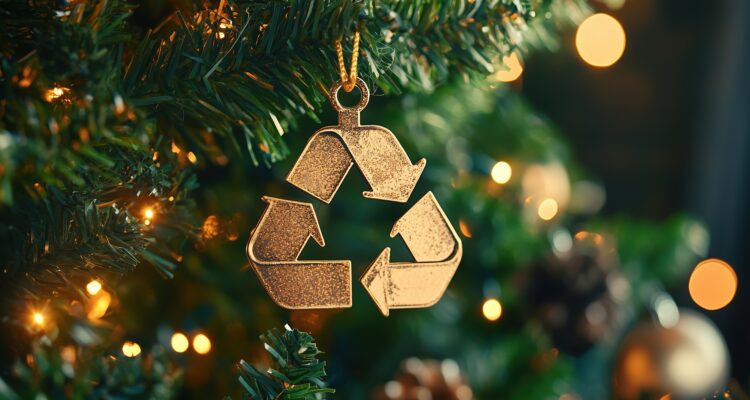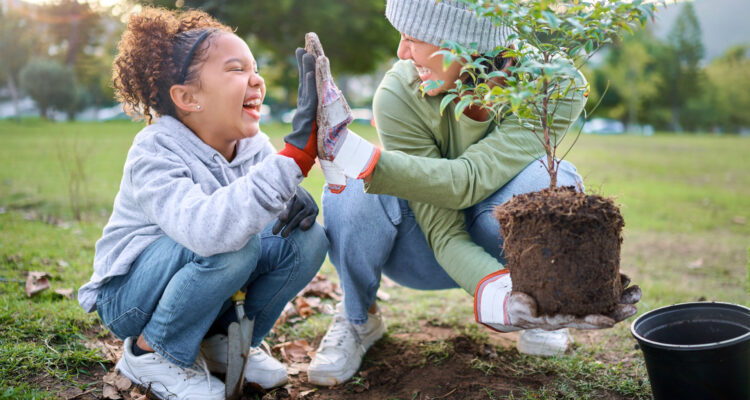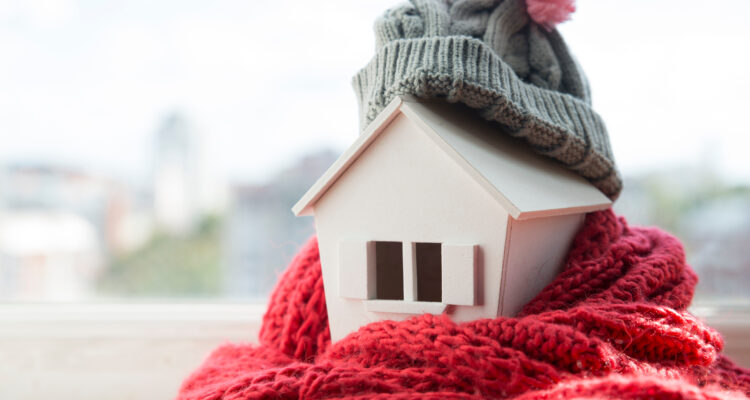In today’s world, reducing our carbon footprint is more important than ever. At Vavista, we’re committed to helping you live a more sustainable life, not just through our car insurance policies but through eco-friendly tips and tricks.
So we’ve put together some creative and practical DIY ideas to help you get started. Here are 4 Eco-Friendly DIY Projects…
1. Create Your Own Compost Bin
Turning food scraps into nutrient-rich compost is one of the simplest and most effective ways to reduce waste in the home. You’ll also end up with compost you can use to grow your own plants and vegetables! An astounding 97% of British households have never used a compost heap to recycle their food waste. As a result, thousands of tons of uneaten food ends up in landfills or is incinerated annually [1].
Building a compost bin is a fun and rewarding DIY project. Here’s how you can make one:

Materials Needed: Wooden pallets, screws, hinges, and a drill.
Instructions: Arrange the wooden pallets into a square or rectangular shape, securing them together with screws and hinges to allow for easy access. Ensure the bin is well-ventilated by leaving gaps between the slats. Add a layer of straw or leaves at the bottom, then start adding kitchen scraps, garden waste, and coffee grounds. Turn the compost regularly to aerate it and speed up decomposition. Confused about what you can and can’t put in a compost pile? Here is a helpful guide.
Make sure you wear gloves and a dust mask when turning the compost, to protect against any health risks. Finally, covering your compost pile with an old carpet, cardboard or straw will help keep the heat in and make it break down quicker.
2. Make Reusable Shopping Bags from Old Clothes or Fabric
Plastic bags are famously bad for the environment. The good news is, since the introduction of the plastic bag charge in 2015, there has been a 98% drop in single use bags in England [2].
If you have an old duvet cover or old clothes that are too damaged to take to the charity shop, save them from landfill by making your own reusable shopping bags. You’re not only cutting down on waste but also showcasing your unique style. Here’s how you can create your own:

Materials Needed: Scrap fabric, scissors, thread, sewing machine or needle, pins, tape measure
Instructions: Cut two large squares of fabric for the bag and two smaller strips for the handles. Fold each handle strip in half lengthwise, sew along the open edge, turn inside out and press flat. Place the two large squares together, right sides facing in then sew along the sides and bottom, leaving the top open. Pin the handles to the inside of the bag’s top edges and sew securely in place. Fold the top edge of the bag down about 1 inch and sew a hem around the opening.
3. Build a Rainwater Collection System
Collecting and reusing rainwater is a fantastic way to save water waste and reduce your water bills. You could save 40-50% on water bills by using a reserve tank for water needed to water plants and clean your car for example [3].
A rainwater collection system is an easy DIY project that can be customised to fit your needs. Here’s a basic guide:
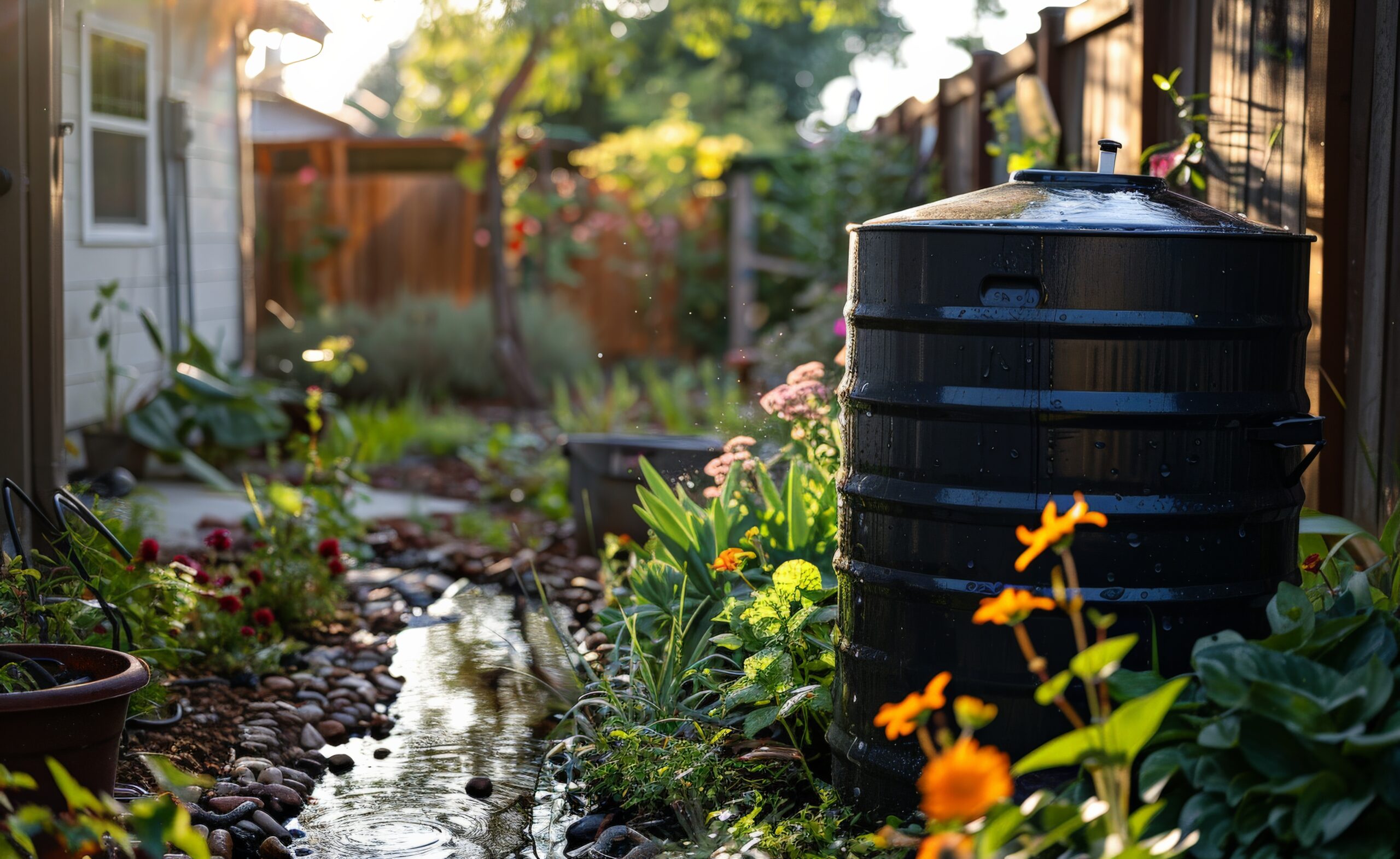
Materials Needed: A rain barrel or large container, a downspout diverter, a screen or mesh, and a spigot (a basic tap you can turn on and off).
Instructions: Position your rain barrel under a downspout. A downspout is a vertical pipe that takes water from the gutters on your house to a drain. A downspout diverter is a device that you connect to the downspout, to direct the water away from the drain and into your rain collector. Attach a screen to the top of the barrel to prevent insects and leaves from gathering in the container. Install a tap (spigot) near the bottom of the barrel for easy access to the collected water. Alternatively, for an even simpler solution, just place some buckets in your garden to collect rainwater and use this when it’s dry to water your garden or wash your car.
4. Upcycle Old Furniture
Instead of throwing away old furniture, consider giving it a new life with a little creativity. Upcycling not only reduces waste but also provides a unique, personalised touch to your home. Here’s a basic guide to upcycling:
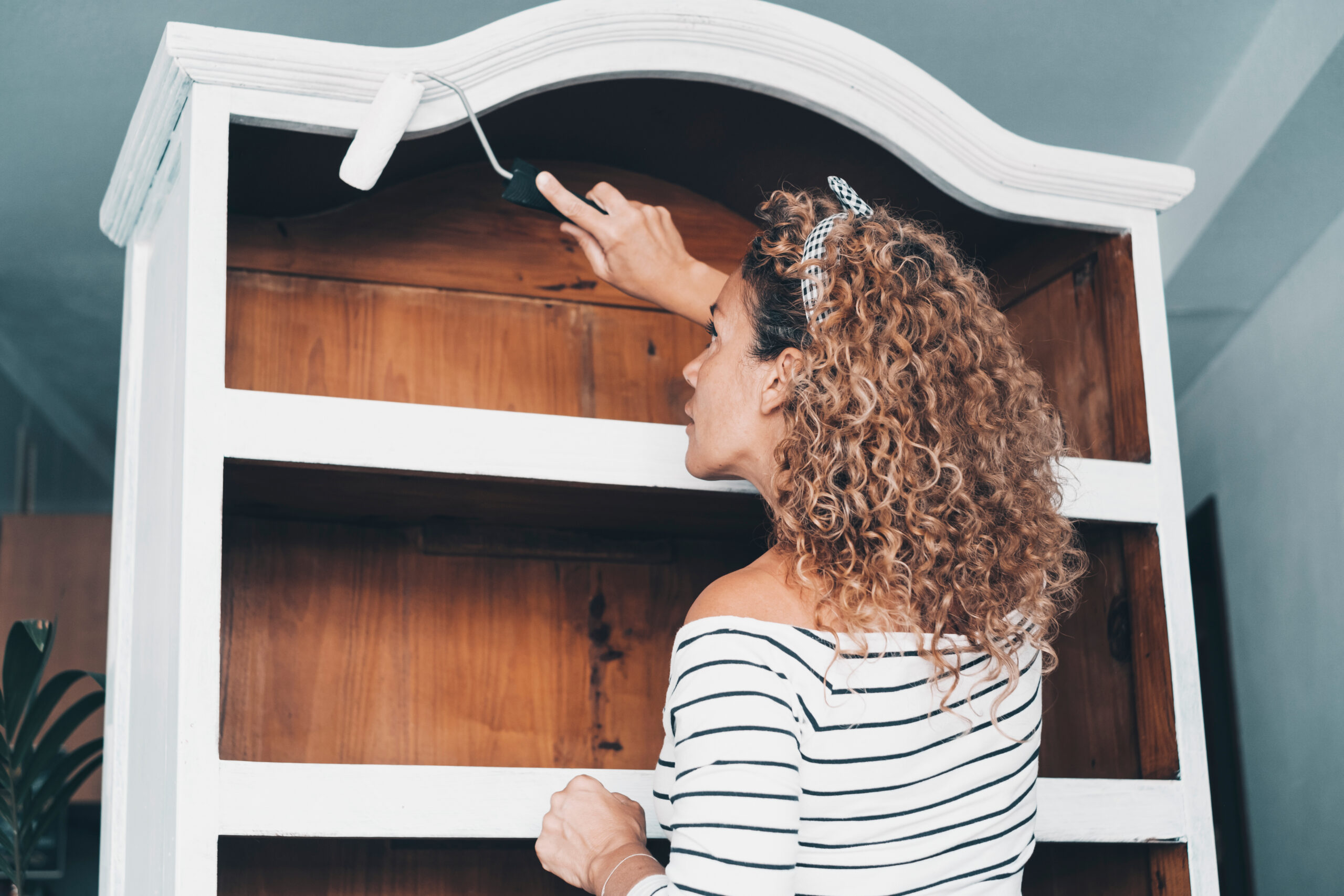
Materials Needed: Sandpaper, paint or stain, brushes, and any additional hardware or fabric.
Instructions: Start by sanding down the old furniture to remove any existing finishes. Apply a fresh coat of paint or stain to give it a new look. You can also replace old handles, add a vinyl or wallpaper cover to cupboard fronts and reupholster chairs. Enjoy the satisfaction of creating something beautiful and functional from items that might otherwise end up in a landfill.
Remember, every step you take towards a more sustainable lifestyle is a step towards a better future. So, roll up your sleeves, gather your materials, and start making a difference today!
Stay tuned to our blog for more tips and tricks on living sustainably.
Get a car insurance quote from Vavista today!
